How to Plan a Travel Itinerary: The Complete Guide
You’ve chosen your destination, booked your transportation, and maybe even your accommodations. Now…you just have to figure out what in the world you’re going to do while you’re there.
In this post, we’re going to take a deep dive into how to plan a travel itinerary, the nitty-gritty of how to put together your schedule of sites, museums, and activities.
Key takeaways
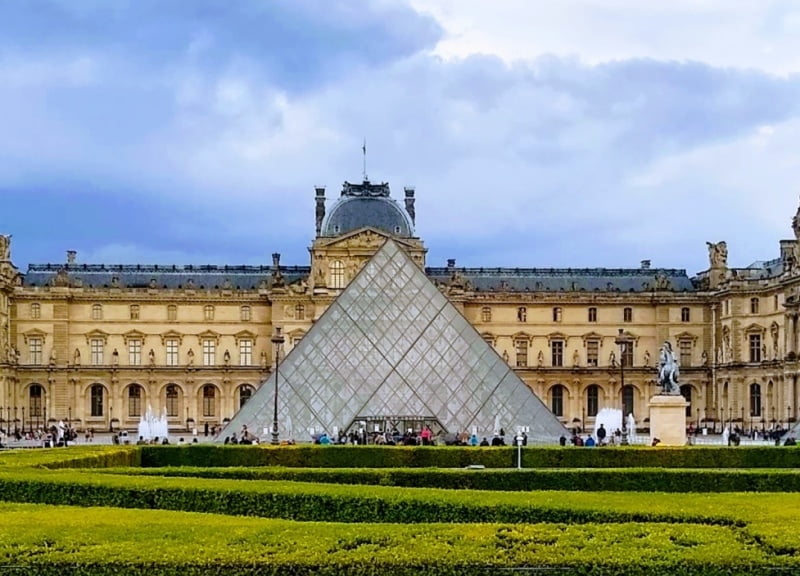
This post includes affiliate links. If you make a purchase through one of these links, I may earn a small commission at no additional cost to you. As an Amazon Associate, I earn from qualifying purchases. See disclaimer.
I’m a very detail-oriented kind of person (you know, the kind of person who makes lists for EVERYTHING), so this method of itinerary planning may not be of interest to the fly-by-the-seat-of-your-pants kind of traveler.
If you’re not as hyper-organized as I am, you can easily modify this method for how you like to travel. It’s logical itinerary planning at its best.
I won’t be going over in this post how I research and plan for dining options since that’s a more complicated topic for me and my husband (as a celiac and a vegetarian) than the average traveler.
That’s probably a topic for a separate post. So, let’s get planning.
Getting started on your itinerary planning
“I’m heading to Rome/New York City/Paris/Mexico City for X number of days. What should I do and see while I’m there?”
I see similar questions all over Facebook literally every day, and I understand why. It can be overwhelming to plan a travel itinerary.
Let’s say you’re planning to spend five days in New York. How do you decide what to do for those five days? Where do you even start your search for the best ideas for sites to visit?
Side note: for simplicity’s sake, throughout this post, I’m going to use the word “site” to refer to anything (not eating) that you will want to make time for on your trip. These could be monuments, national parks, palaces, museums, activities, guided tours, etc.
There’s no real wrong way to plan your itinerary…just kidding. You have to do it my way.
No, seriously.
Okay…let’s get started.
When I’m planning a travel itinerary, I go through five phases of the process before I arrive at my final draft.
- Preliminary brainstorming
- Destination research
- Fleshing out my wish list
- Site/activity research
- Building my itinerary
I know this seems like a lot, but trust me, you’ll want to know you’ve considered all your options before you go on your trip.
You’ll thank me later.
Read More → Travel Planning Resources
Planning an itinerary starts with brainstorming your wish list
So, you’ve booked your trip, but your itinerary is completely blank. Your destination is your oyster, but where and how do you start?
Your first step is to do some preliminary brainstorming. If you’re heading to a top tourist destination, you probably already have some idea of the specific sites you want to visit (e.g., the Colosseum, Eiffel Tower, Chichen Itza, etc.).
If you’re going someplace completely unfamiliar to you, your brainstorming phase may be quite short but it can also be less specific if that helps (e.g., important historical sites, whatever the most important art museum is, popular beach, etc.).
To help yourself with your brainstorming, you can ask yourself the following questions:
- What are the famous/popular sites my destination is most known for?
- What are the top, must-do sites or activities I already know I want to do on this trip?
- Why are my spouse’s/travel partner’s must-do sites or activities for this trip? If children are traveling with you, why not include them in the brainstorming? They’ll love feeling like they’ve been a part of planning the trip.
- What are the kinds of activities we most enjoy while traveling in general?
Great! Write all of this down. Don’t worry. Nothing’s set in stone yet.
And the sky’s the limit. We’re not yet worrying about the costs involved or how much time we have.
Write it all down. Go ahead. I’ll wait.
[cue Jeopardy! theme music]
Okay, keep this list handy; it’s time to do some basic research on your destination.
Research your destination
This is where I start to go crazy with research. I’ll take in anything and everything I can about my destination. The more good information I have, the better equipped I am to make good decisions about my itinerary.
And don’t assume you already know enough about where you’re headed.
Before I started researching Paris, I had never heard of Sacré-Coeur (which is one of the great free things to do in Paris, by the way) or Les Invalides.
We ended up visiting both on our trip.
Here are the questions I keep in mind as I do this research:
- What is my destination known for? Is it art, the natural landscape, history, architecture, etc.?
- What season will it be at my destination? Are there any popular seasonal activities I’d like to try while I’m there?
- Are there any special holiday events or festivals taking place there that I’d be interested in attending?
- What is the weather typically like there that time of the year and month? In other words, will I be comfortable spending long periods outdoors, or will I want to spend more time indoors?
- What are the public transportation options at my destination? Is there a good metro/public transportation system or will I have to rely on taxis, ride-sharing, or walking to get around?
- Where are my accommodations in relation to the major site on my list?
- Does my destination offer any kind of city or museum pass?
Side note: If you haven’t yet booked your accommodations, now is a good time to take a look at a map. Do a large number of must-do sites on your wish list cluster in a certain area? If so, you might want to consider booking accommodations nearby to simplify your transportation needs. This isn’t always a good idea but consider it.
Read More → Is it Worth it to Use Booking.com?
Read More → Booking.com or Direct with Hotel: Which is Better?
Where do I find this information? Here are a few suggestions:
- Do some simple Google searches and look around the different results for up-to-date information about your destination.
- Head over to Pinterest to discover what travel bloggers (ahem) have to say.
- Buy some good travel guidebooks and start reading.
- Watch YouTube videos about your destination.
- Armed with this pile of new information, you’re going to go back to your list.

Flesh out your wish list
As you researched your destination, you likely noticed certain sightseeing ideas or recommendations coming up over and over again.
- If they’re already on your brainstorm list, great! Leave them there.
- If you’ve never heard of or considered them, but they now sound interesting, add them to your list.
- If there’s something you’ve changed your mind about, go ahead and take it off your list if you really want to, otherwise, leave it on the list. You can always remove it later.
It’s okay at this point if your list has far more ideas on it than you can possibly fit into your trip. We’ll work on narrowing it down later.
After doing my research, I discovered a lot more ideas for things to do in Paris and sites to visit than were on my first brainstorming list. But…what if you’re finding the opposite to be the case?
What if you’ve booked yourself a round-trip plane ticket to your destination, but you’re finding only enough you’re interested in doing to fill a much shorter time than you’re planning to be there?
You have a couple of options:
- If you haven’t booked your accommodations yet, or you can still change/cancel your reservation, consider adding a destination to your trip. For example, if you’re flying into and out of Zurich, Switzerland, but are finding more that interests you perhaps in Lucerne (or beyond), consider spending at least a portion of your trip outside Zurich.
- If you have booked your accommodations and your reservation cannot be changed, consider adding day trips to your itinerary. For example, if you’re staying in Florence, Italy, you could take the train to Pisa or Lucca for the day.
By now you should have a good sense of what your itinerary could look like; it’s starting to take shape.
Specific site or activity research
Okay, so you have this beautiful, and probably fairly lengthy list of things you’d like to see and do on your trip.
Now you get to do research on each of these items individually. Yay! Seriously…I love this part.
To start, you’re going to break down your wish list into four sections. If your list is pretty long, you can re-write it into these four sections, but if it’s on the shorter side, it’s okay to do this mentally.
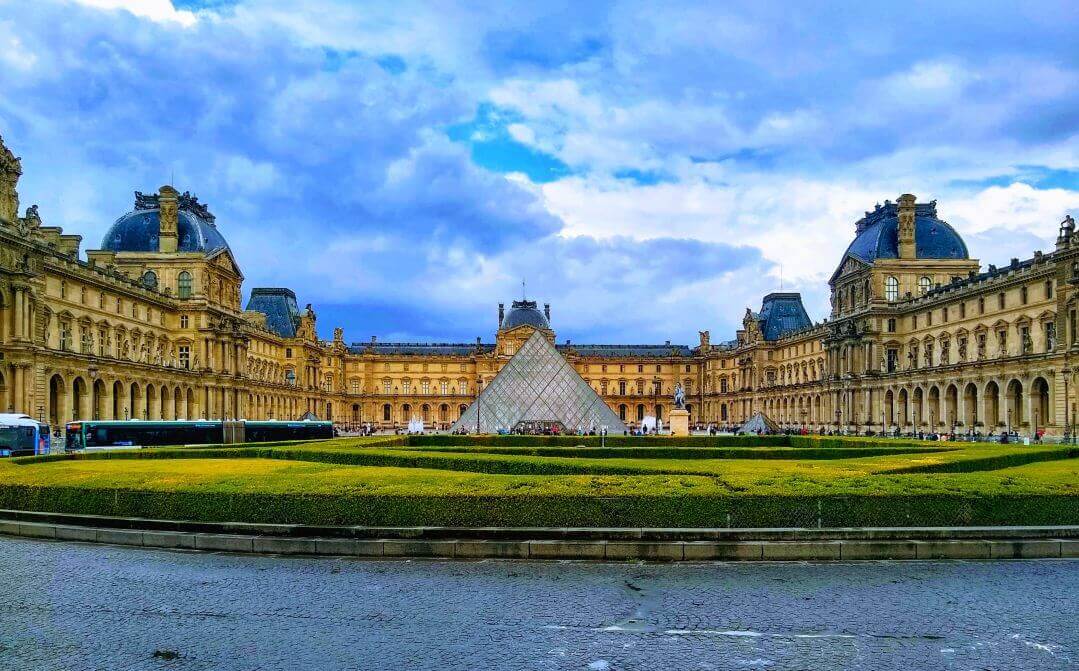
Must-do sites.
These are the places people traverse the globe to see…the Eiffel Tower, St. Peter’s Basilica, the Pyramids of Giza, Great Wall of China. You get it.
These are the non-negotiable ones. They go in the itinerary no matter what.
Want-to-do sites.
These are the second-tier sites for your trip, the things you want to make room for, but won’t necessarily dissolve into tears if you can’t manage it.
Examples from my travels would include the Rodin Museum (Paris), Trevi Fountain (Rome), or walking the entire High Line in New York City.
Nice-to-do sites.
These are the minor sites and activities that will become the filler in your itinerary. On my itineraries, these are things like “sit on the Spanish Steps” or “buy cheese from a fromagerie.”
I don’t care if we do this or not.
These are the sites that are first on the chopping block once we start to build the actual itinerary. Or you may have cut them already once you did your destination research.
Now that you have your sites grouped, the next thing to do is your research. For at least each of your must-do and want-to-do sites you need to know the following:
- What days of the week is it open and what are the operating hours?
- What is the entrance fee (if any)?
- What is the best day of the week to visit?
- Do you need to book tickets or make a reservation ahead of time? If so, how far in advance can you book/should you book?
- Where is it and how do I get there? I especially want to know how far it is from my accommodations and how far it is from other major sites on my list.
Side note: The My Maps feature in Google Maps is an invaluable part of this phase of the itinerary planning process for me. You can pin locations, organize and color code sites to visit, and even add personal notes.
Narrowing it down
Okay, now you have even more information about your destination. Here’s where you start making some changes to your list.
At this stage, I may move sites from one section of my wish list to another. Something might move up on the list, for example, if I discover that it’s very near one of my must-do’s, or if it’s free to visit.
This is how we ended up going to Les Invalides; it wasn’t anywhere near the top of our list, but it’s right across the street from the Rodin Museum (which was something I wanted to do) AND it’s covered by the Paris Museum Pass. It was super easy to just pop in for a bit after the Rodin Museum, but we probably wouldn’t have made a separate trip.
Something might move down the list (or come off the list entirely) if I learn it’s very out of the way or more of a financial investment than my particular budget for this trip can support.
Should I purchase a city or museum pass?
Let’s revisit the city/museum pass question from the destination research phase.
If your destination offers one (or a few), take the time to consider if it’s worth it for you to purchase for your trip. We used the Museum Pass on our trip to Paris (and highly recommend it), but decided against buying the Firenze Card for our trip to Florence, Italy.
Here are some criteria I use to judge whether a city or museum pass is worth it for us to purchase for a particular trip:
- What sites are covered? Will you have to book entrance to many of your must-do/want-to-do sites separately or are most covered by the pass?
- Does the pass offer you unlimited entry to covered sites or can you use it one time only?
- Will you save money if you buy the pass? It’s not necessarily a deal breaker if it doesn’t. The convenience of not having to book entrance reservations to sites ahead of time can outweigh some financial disincentives.
- Does the pass cover any public transportation you’re planning to use or just site entrance fees?
- For how many days is the pass valid versus how many days you will be at your destination? For example, we chose not to buy the Firenze Card on our trip to Florence, because it’s only good for 72 hours, and we were spending 8 nights there. Purchasing two cards each would have cost us far more than paying for our chosen sites individually.
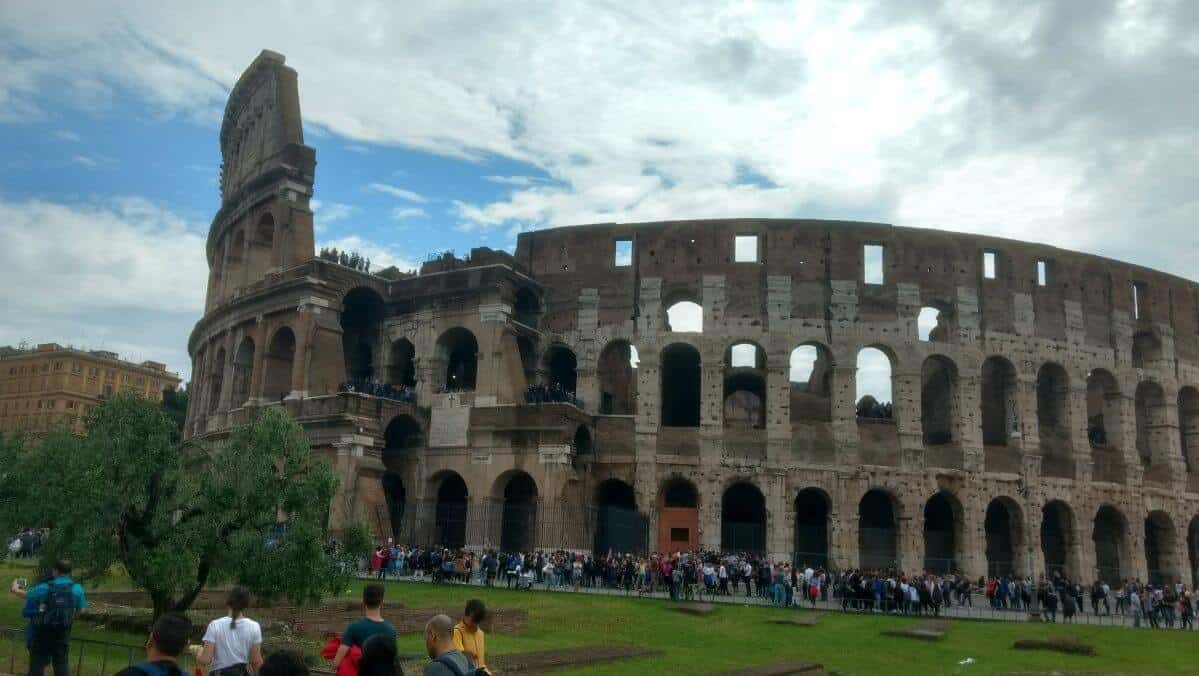
How do I decide what to cut from my itinerary?
This part of the process is highly personal. Only you can really decide if a particular site or activity is “worth it” to you.
The decision to buy or not to buy a city or museum pass may affect how you narrow down your list. If you have to purchase entrance tickets to all of your sites individually, you may end up having to spend more money to see everything (or cut sites to stay within your budget).
Or if you do decide to purchase a pass but a site on your list is not covered, you may find yourself considering leaving it off your list.
On the other hand, if you have a pass you may see more sites overall because you’ve already paid for admission.
…If that makes sense.
At this stage of the itinerary planning process, if there’s anything on my list that makes us say “meh” it goes on the “I don’t care” list.
Build the trip itinerary
Okay. You’ve done your research, you’ve decided whether you’re buying that city pass and you’ve refined your site wish list.
You’re ready to build your itinerary! I’m going to use our recent trip to Paris to demonstrate how I put it all together.
The non-negotiables get top priority.
For each full day on your trip, choose one or two of your must-do’s or want-to-do’s: one first thing in the morning and one for later that day.
Your must-do’s (your non-negotiables) go on the schedule first and as early in your trip as you possibly can.
If you arrived in Paris on April 14, 2019, and decided to put off seeing Notre-Dame until later in the week, you were probably pretty disappointed on April 15 as the world watched the devastating fire that closed it down.
Don’t. Put. It. Off.
For our trip to Paris, we each had one non-negotiable: the Louvre and the Palais Garnier. We did them both on our first full day there.
Then add any other must-dos that require advanced booking or warrant a full day on your itinerary or both. So, I needed to choose days for Versailles and the Eiffel Tower.
My research told me that I should plan a full day at Versailles and that it is quite busy on the weekends and on Tuesdays (when the Louvre is closed).
I also learned that the Eiffel Tower is open every day until late, that I should plan to spend about three hours there, and that I needed to book tickets for the summit as far ahead as possible.
Add in your want-to-do’s.
With the must-dos scheduled, I’m ready to schedule the want-to-do’s. I added Musee d’Orsay and Musee Rodin, then Musee de l’Orangerie, Champs-Élysées, Arc de Triomphe, etc.
Nice-to-do’s fill in any remaining gaps.
I then fill in the rest of the itinerary with the nice-to-do’s, leaving our last full day intentionally blank.
When staying in one place for four days or more, we try to keep our last full day completely open. This is so we can return to any place we want to see again, or so that we can add more of the items from our “nice to do” list depending on what we’re in the mood for. It helps us create a good balance between sightseeing and relaxation.
If you’re taking a trip that includes multiple stops, you can just repeat this process for each place you’ll be staying.
Keep in mind as you’re planning a trip itinerary that if you’re bouncing from city to city every other day, you’ll be spending a lot of time traveling from one destination to the next.
I do feel like I need to say, that even though you now have a meticulously planned itinerary it doesn’t mean you can’t be spontaneous. We often find that we spend far less time at some sites than we think we need to allow for, giving us time to do even more on our trip than we hoped.
Or sometimes we just don’t feel like doing something on our schedule…and that’s okay too.
Now you have the tools to build the perfect itinerary for your next trip. Enjoy!
More articles to help you plan your travel itinerary
- 5 easy steps to planning a trip
- Travel planning resources you need
- The best travel guides (online resources and books)
Pin this post!


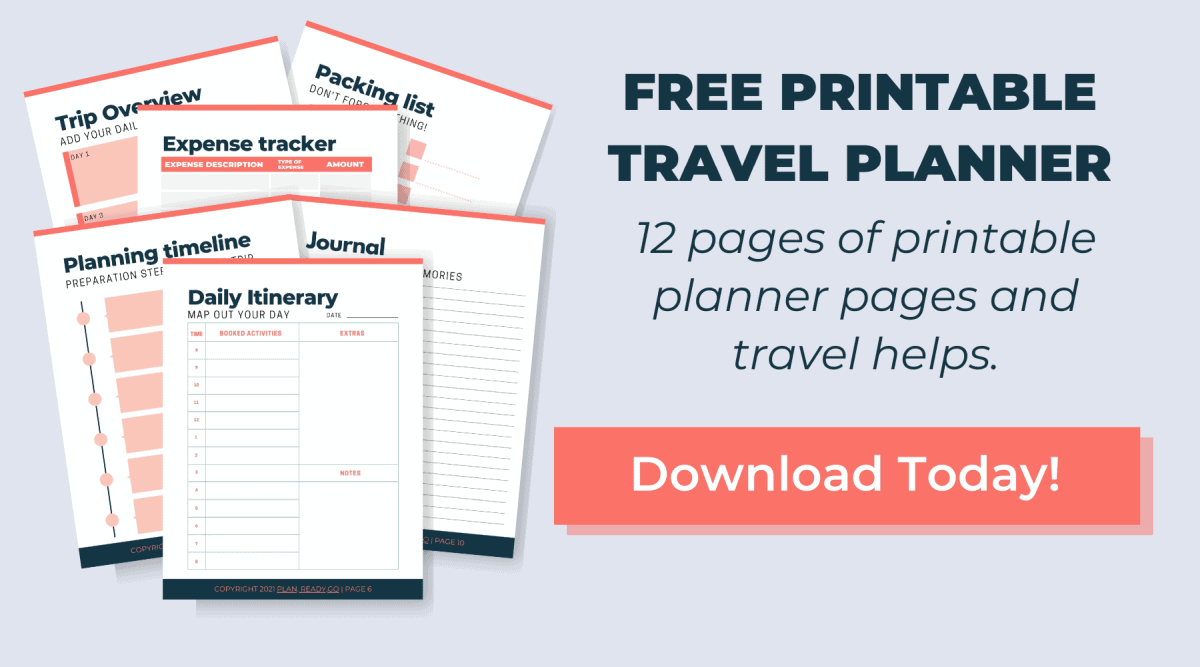
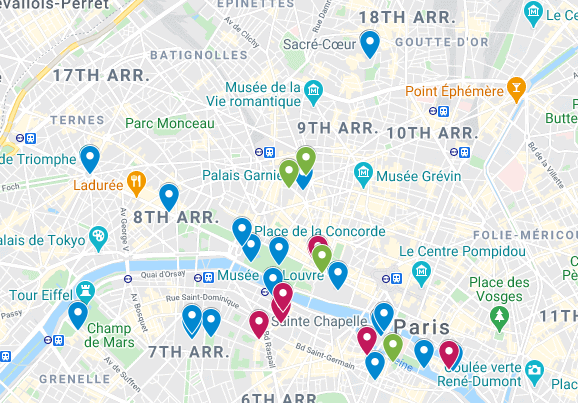
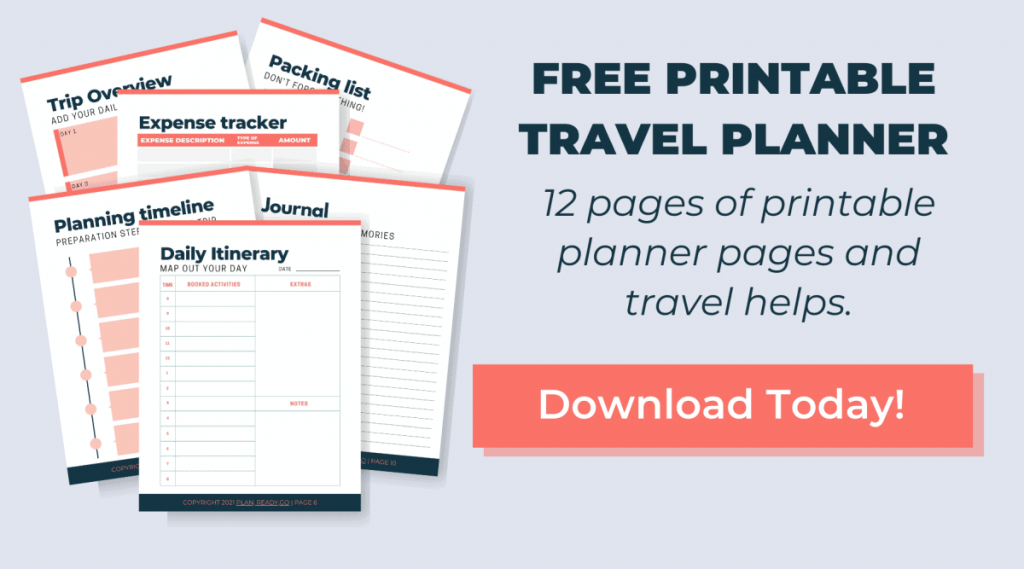
Absolutely love this perspective on travel! It beautifully captures the essence of what it means to explore the world. Travel isn’t just about ticking off destinations; it’s about slowing down, immersing yourself in new cultures, savoring moments, and absorbing the rich tapestry of life that the world has to offer. 🌍✈️🌏
My sister wants to travel for her honeymoon, so she’s interested in starting to plan it this month. I liked what you explained about choosing a destination and the places you’d like to visit, so I’ll share this with my sister right away. I appreciate your insight on considering what you want to see and visit and booking accommodation near those places.
You are so much more organized than we are – we usually book places the day of or the day before and figure out what we are doing day by day. We like to leave things pretty wide open to see what happens and what we find. This is such a great guide though for planning a vacation!
Thanks for your comment! Yeah, I actually have a hard time just going with the flow…it’s something I’m working on.
This is so perfect! I enjoy the entire planning process, so this definitely speaks to me. I particularly enjoy researching locally owned restaurants and off the beaten path places. Thanks so sharing such a great way to plan
Thank you for your kind comment!
This post resonates a lot with me as like you, I too plan extensively before I travel. I believe planning well helps us make the most of our time and also gives more peace of mind. Excellent tips!
Thank you! And I definitely agree with you about how helpful good travel planning is for traveling well.
It is so helpful to find a guide on how to organize and plan a trip! For a lot of people (me included) this is the most traumatic experience about traveling as you want everything to go perfect and smoothly. I plan trips all the time and this guide was literally how I do my planning! Thank you so much for sharing and I hope it helps a lot of travelers out there too!
Thanks so much for reading and for your kind comment. I really do hope a lot of travelers find this guide helpful.